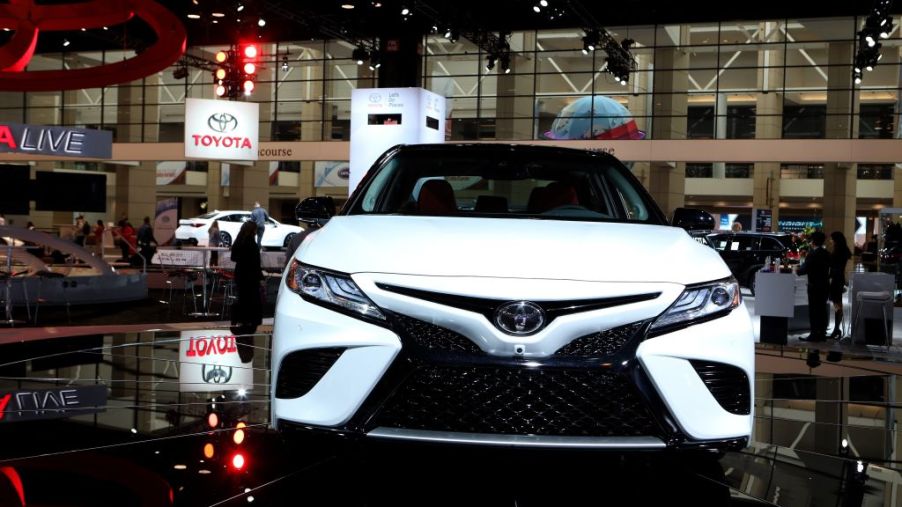
What’s the Safest Car on the Market Right Now?
When you’re ready to buy a car, you consider many factors. Consumers are mindful of fuel economy, vehicle performance, and available amenities. But for many, safety is at the top of their checklist. Of all the cars on the market today, most are required to have airbags and essential safety equipment, like seatbelts and child LATCH connections. However, is one model safer than another? Is there one car that is actually the safest of them all?
How a car is evaluated for safety
Automakers can make claims about the safety readiness of their vehicles. However, it often takes the testing and evaluation of independent third parties to verify each. The IIHS and NHTSA both review and rate each vehicle based on its ability to protect the occupants during simulated crashes. They also consider a car’s standard equipment, including today’s driver assistance features and hands-free connectivity capabilities.
Subaru Legacy
We can’t assemble a ‘safest cars’ list without including at least one of the Subaru models. Branded and known for their dedication to designing the safest vehicles, the Subaru Legacy is one car that always seems to land at the top of the IIHS and NHTSA lists.
This car, and many other models in the Subaru portfolio, outperform most in crash test simulations. Subaru also offers EyeSight, the suite of driver aids that come standard on every car.
Honda Insight
The Honda Insight, hybrid included, comes standard with all the best safety features, including auto emergency braking, lane-keeping assist, and LED head and tail lights.
These standards, along with strong performances in crashes, have helped the Honda Insight to earn a Top Safety Pick+ title from both independent safety agencies. It also performed well in Car and Driver’s 40,000-mile long-term dependability testing, as an added bonus.
Mercedes E-Class
One of the most upscale safety contenders on the market today is the Mercedes-Benz E-Class sedan. It earns a superior rating with the IIHS, based on its robust menu of standard safety equipment and driver assistance features. There is an Exterior Lighting package for improved safety in visibility with the LED headlights.
The Driver Assistance package beefs up the driver aid suite to include blind-spot monitoring and adaptive cruise with a partially autonomous driving mode. You can opt for an E53 or an E63 version if you want more horsepower.
Mazda 3 Hatchback
Mazda has five vehicles with top safety endorsements this year, and the Mazda 3 Hatchback is the compact car in this safety club. Earning a perfect five stars in crash testing and the IIHS Top Safety Pick+, if a five-passenger car is ideal for you, the Mazda 3 may be perfect.
There are extra points for the headlight illumination for this Mazda, and the standard safety features list is all-encompassing. In addition to some of the basic aids, you’ll also enjoy rain-sensing wipers, lane-departure assist, a rearview camera, forward-collision warning, auto emergency braking, and a driver condition monitor as standard.
Toyota Avalon
Toyota is no stranger to being on the roster of the safest cars. The Camry and Corolla both earn good and superior ratings year over year. But, the Toyota Avalon is another sedan worth considering if safety is a primary concern.
Earning five-star ratings and Top Safety Pick+ endorsements for injury protection, the Avalon is one of the safest cars on the road. Toyota offers the Safety Sense Plus (TSS-P) package of driver aids as standard. This suite includes full-speed radar cruise, pedestrian detection, and lane-keeping assist.
Other features like auto emergency braking, forward-collision warning, and the 25,000 miles of free roadside assistance, make it a top pick with safety-driven consumers, as well.
Many of today’s vehicles score well in crash tests and offer some standard safety equipment. But to find the safest car for your next purchase, consider one of these or others within their brand families. They not only perform well in protecting the occupants, but they also make all those necessary driver aids available at no extra cost. Some might suggest they’re the safest cars available today.


